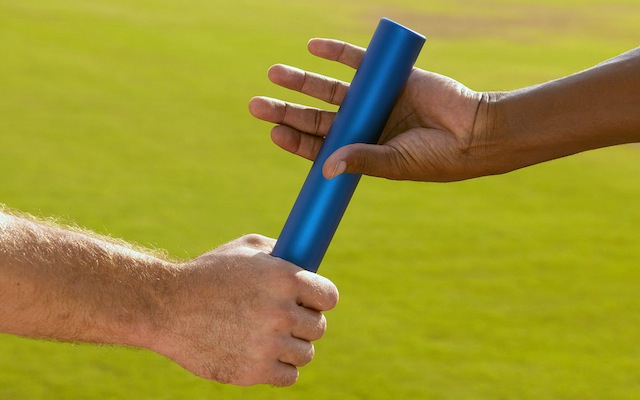Dear Suzie, is what I think I’ll call my friend. Suzie called recently because she’d just been diagnosed with Diabetes. Tall, thin, beautiful and fit, her doctors didn’t believe that this could be the case. After all, diabetes is “supposed” to be caused by being overweight.
“It’s your delicate thyroid,” these health experts told my friend named Suzie. After all, she’d had thyroid problems since she was little, including goiters (that’s a swollen gland in the neck), and low thyroid, and the use of thyroid medications. But her thyroid checked out pretty much the same as always. So these new problems didn’t seem related to that. “Maybe you’re overanxious,” they told Suzie. “Or maybe you’re depressed.”
More worried than ever, Suzie went back home and talked with her husband. “I’m thirsty all the time. I’m hungry. I’m tired. And look at this,” she said, unclenching her first to reveal a crumpled brown wrapper. “I’m even eating a Snickers!”
Suzie’s husband has a friend who’s a maverick doctor . . . and one of the world’s most knowledgable diabetes experts. Her husband said, “Honey, my friend says you’ve got all the symptoms of diabetes. You should get it checked.”
So Suzie returned to her conventional doctor and insisted. And finally, with what was probably a hidden roll of his eyes, her doctor decided to check for diabetes. Now, if Suzie had been with me, and we were just sitting together at the kitchen table, I would have popped out the well-used lancet in my glucometer. (because it’s important to NEVER share needles! Even tiny ones) I would have settled in a brand new tiny, lancet, and poked Suzie’s finger to make a tiny drop of blood. I would have pressed that blood drop on a testing strip, then waited for the glucometer to display her blood sugars level. And what would I have hoped for those blood sugars to be? Between 60 and 90 is pretty safe and very healthy. When they often linger higher, especially two hours after a meal, it can be a warning sign. Just so you know, the official designation of diabetes is 126 or above when you haven’t eaten in at least 12 hours (that’s called a fast). Or after a meal, a blood sugar over 200. That’s the official level for defining diabetes, though you’re getting some damage to your system at levels considerably lower than that. The point for now is that you can find out your blood sugar level with a simple blood sugar test.
So a glucometer’s not a bad little medical device to keep on hand, is what I think. To check someone’s sugars on a glucometer, well, it only takes 10 seconds, and though testing strips ARE expensive at 50 cents to a dollar apiece, that’s a bargain compared to most health care these days.
Speaking of health care, the doctor that Suzie was seeing did NOT check her blood sugar with a glucometer. He did a fancier and more old fashioned test, and one more likely to come out negative. He checked Suzie’s sugar in her urine. Now, just so you know, sugar only spills into the urine when blood sugar levels have gone much too high. It’s not as subtle at finding things as a blood sugar test.
And yet, to his surprise and dismay, Suzie did have sugar in her urine. And when this revelation led to an urgent visit to a lab for further tests, her blood sugars were over 300! Even though she was a healthy adult, fit, and not overweight, Suzie was definitely a diabetic. Which would not have surprised an interesting acquaintance of mine. Her name is Miriam Vincent. She’s a medical doctor and a professor at SUNY Downstate in Brooklyn. To hear her interview, go to (NAME IT HERE)
To learn more about what tests Suzie’s using, to learn more about her diabetes, wait for the next post.





